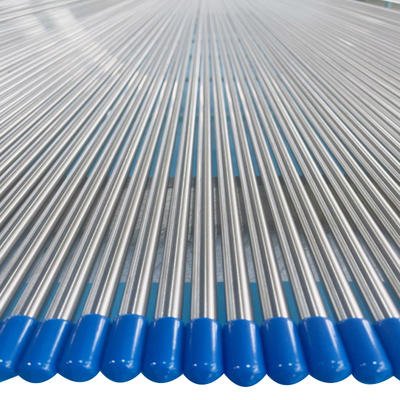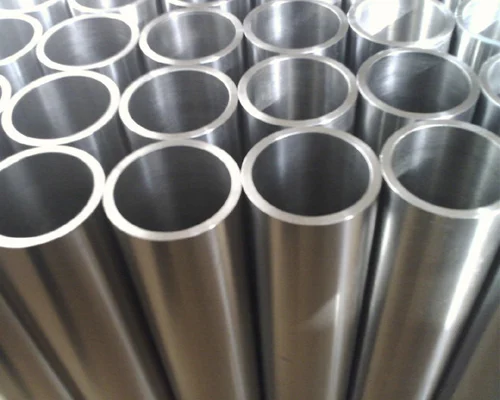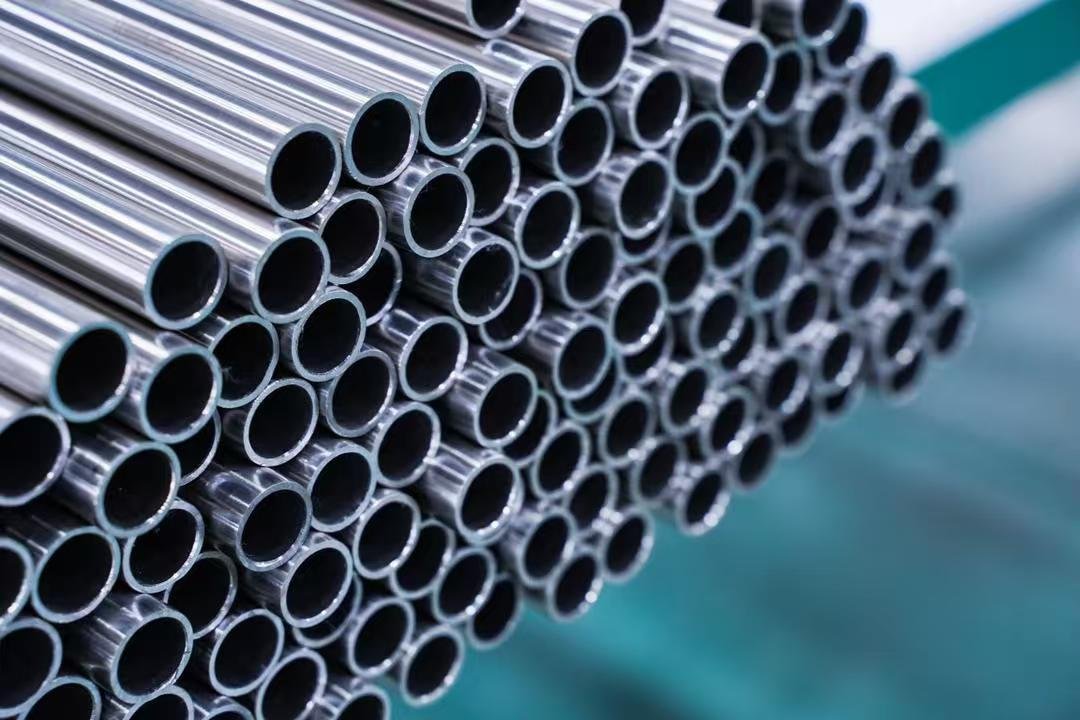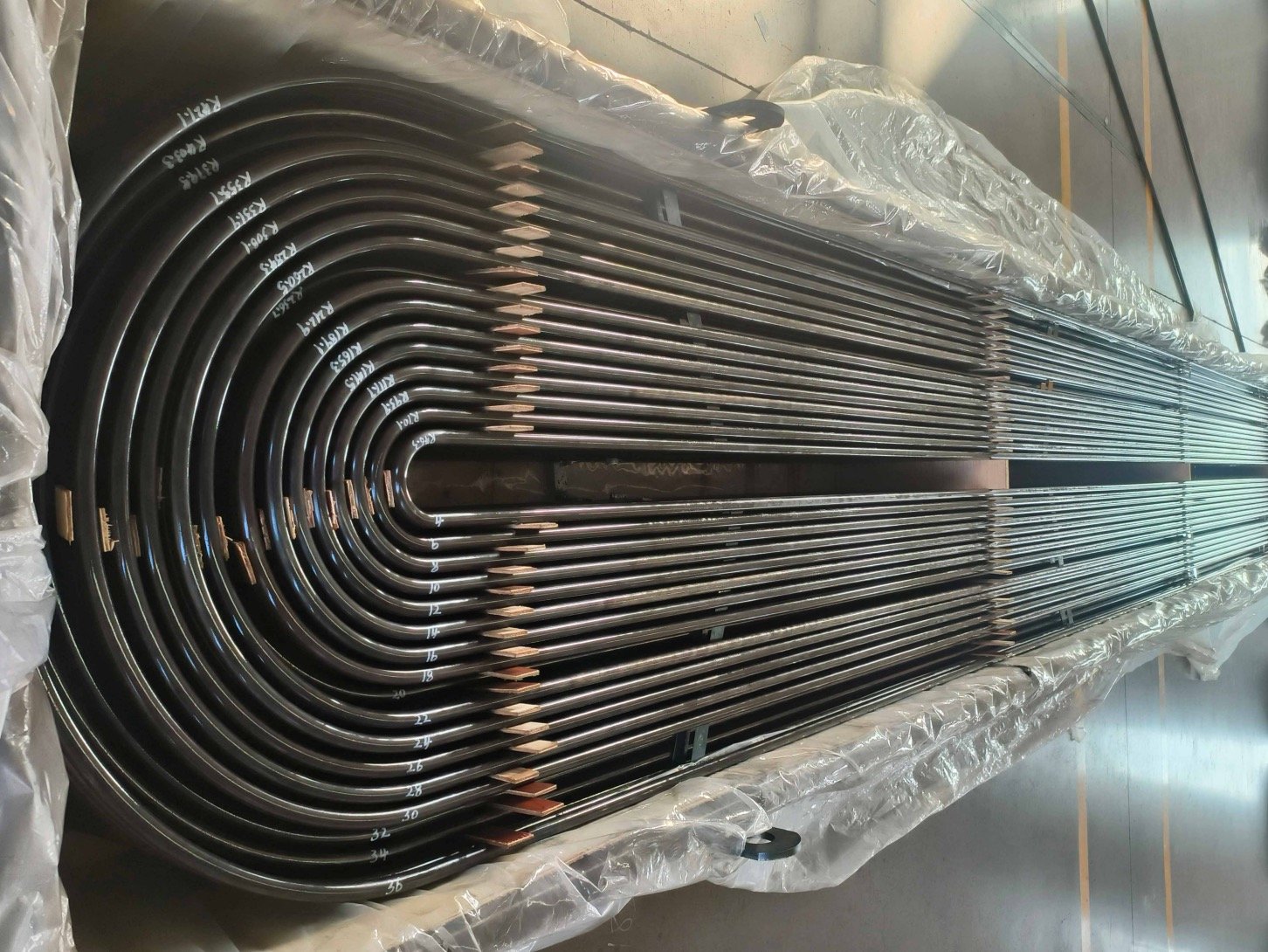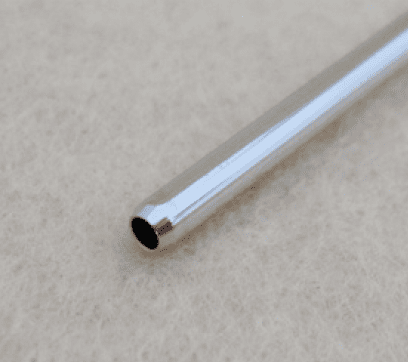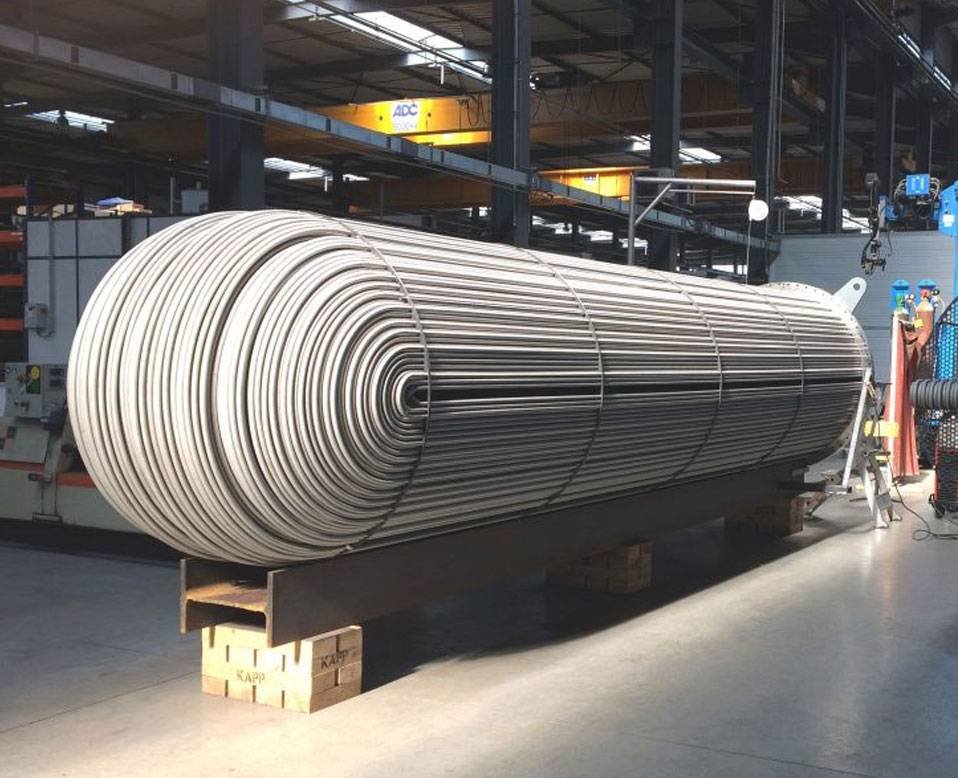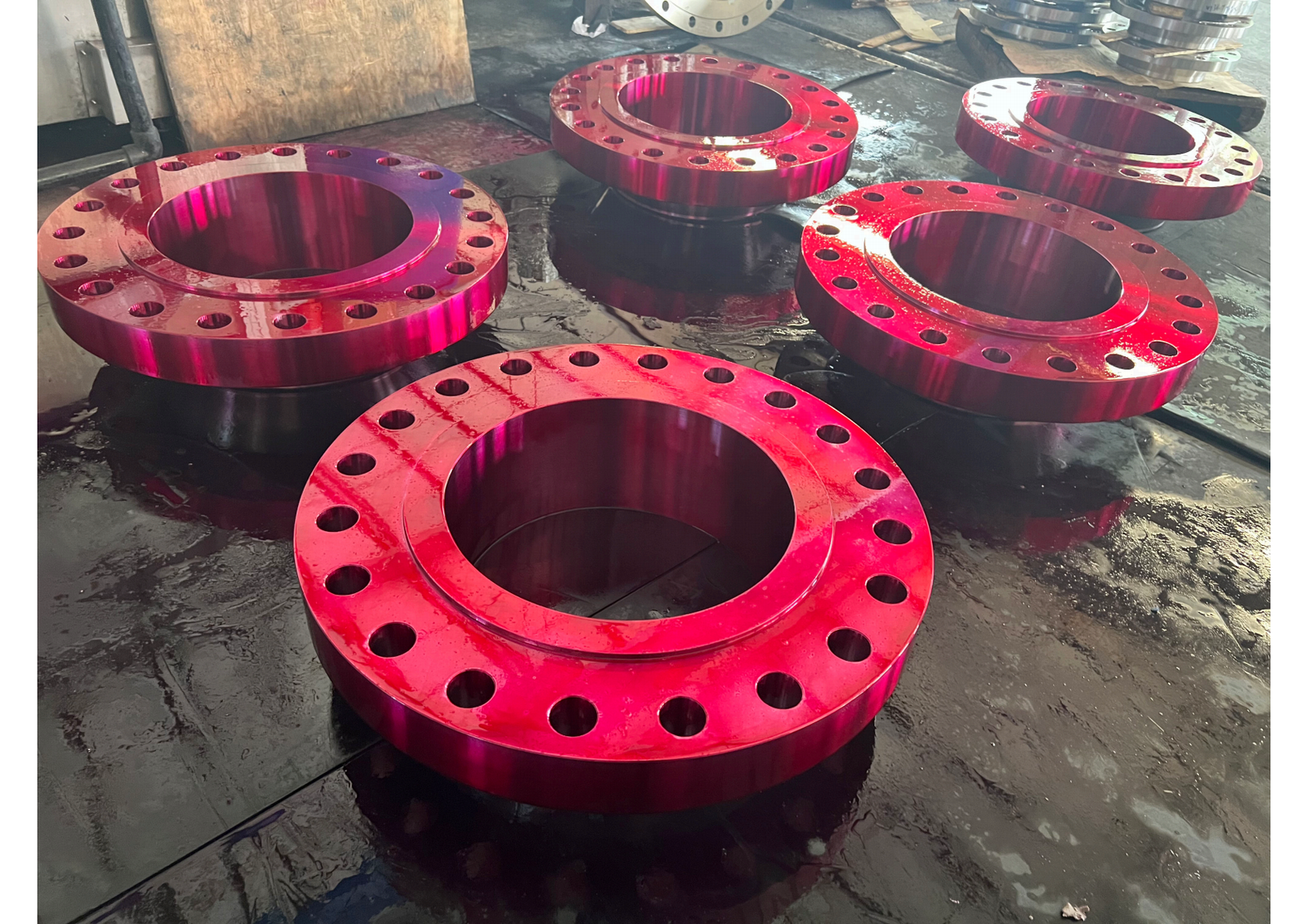As the world transitions toward cleaner energy and more efficient industrial processes, heat exchangers are becoming more critical than ever. Whether in hydrogen plants, data centers, electric vehicle battery cooling, or traditional oil refineries—thermal management systems are evolving rapidly.
This change is driving demand for more durable, efficient, and customizable heat exchanger tubes, particularly in stainless steel and alloy grades.
1. The Global Market Outlook
According to MarketsandMarkets, the global heat exchanger market is projected to grow from USD 16.6 billion in 2023 to over USD 22.1 billion by 2028, driven by:
- Renewable energy investment (wind, solar, hydrogen)
- LNG and refinery upgrades
- Electrification of transport and heating
- Demand for energy efficiency in process industries
Major growth regions include Asia-Pacific, North America, Middle East, and South America.
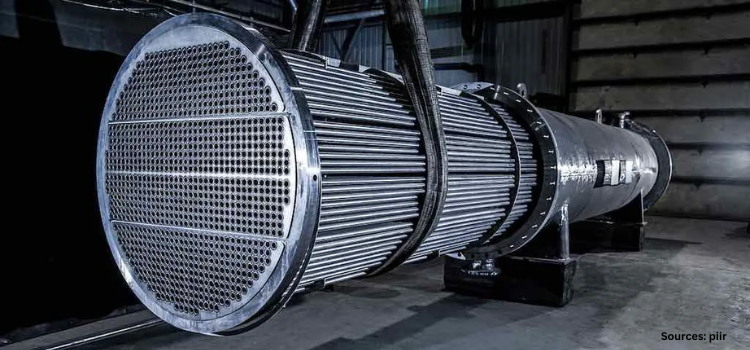
2. What’s Changing in Heat Exchanger Design?
| Trend | Impact on Tube Requirements |
|---|---|
| Compact and modular designs | Tighter bending radii, thinner walls, higher surface finish |
| High-efficiency demands | Smooth inner surfaces, smaller tolerance ranges |
| Corrosive environments | Duplex or high-nickel alloys for seawater, acid gas, or amines |
| Green refrigerants & heat pumps | Compatibility with CO₂, ammonia, and R-32 refrigerants |
| Digital thermal modeling | Custom tube specifications tied to simulation results |
The traditional shell-and-tube heat exchanger still dominates heavy industry, but plate-fin, air-cooled, and printed heat exchangers are gaining ground in emerging fields.
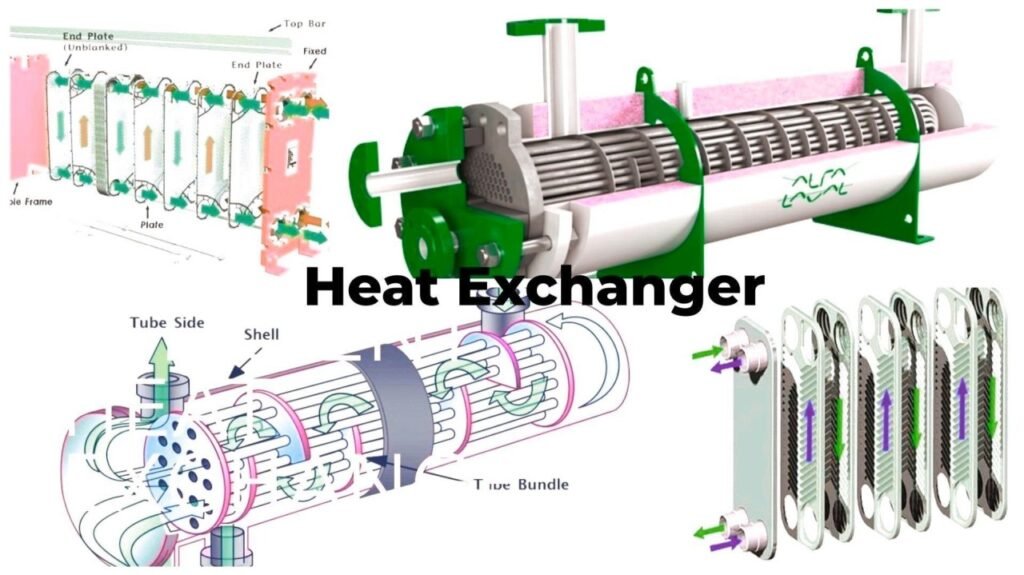
3. Most Demanded Tube Types in 2025
- TP316L / TP304L seamless tubes for general heat exchanger applications
- Duplex stainless (S32205 / S32750) for offshore or chloride-rich systems
- TP321/347 for high-temperature applications like waste heat recovery
- Low-fin and extruded finned tubes for air-cooled or condensation systems
- U-bent or spiral coil tubes for compact and modular exchanger systems
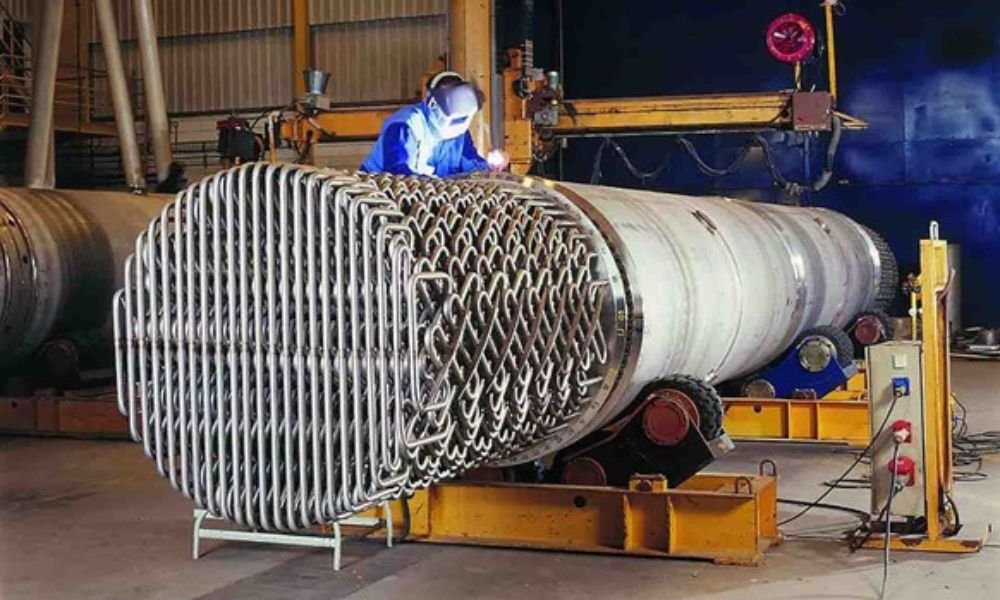
4. Where Are the Projects?
| Region | Segment | Opportunity |
|---|---|---|
| Middle East | Hydrogen, water treatment | TP316L and duplex tubes for corrosion resistance |
| North America | LNG and carbon capture | ASME U-bundle and finned tubes for cold cycling |
| Latin America | Sugar mill boilers, ethanol plants | ASTM A249 polished tubes for condensers |
| Europe | District heating, green buildings | EN10216-5 compliant tubes for CO₂ heat pumps |
| Asia-Pacific | Semiconductor cooling, EV battery plants | High-purity, tight-tolerance tubes |
OEMs now increasingly require pre-engineered tube bundles, with documentation, packaging, and project-specific ID tags.
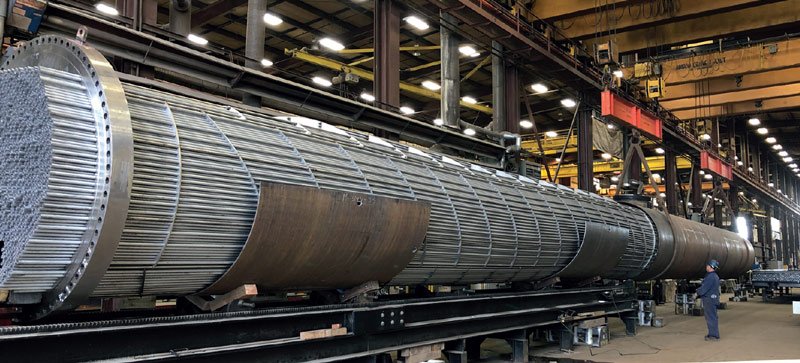
Frequently Asked Questions (FAQ)
Q1: What certifications are most requested in 2025 for heat exchanger tubes?
A: ASME SA213/SA789, ASTM A269/A249, EN 10216-5, PED, and ISO 9001. For sustainability, ISO 14001 or carbon footprint data (ISO 14067) may be required.
Q2: What surface finish is preferred for high-efficiency exchangers?
A: Inner surface roughness of Ra ≤ 0.6 µm is often required to reduce fouling and improve flow. DLSS can provide bright annealed or polished finishes per spec.
Q3: What industries are leading innovation in heat exchangers?
A: Hydrogen, nuclear SMR (small modular reactors), data centers, pharmaceuticals, and HVAC. These sectors often require small-diameter or special-alloy tubes.
Q4: Can DLSS support bundled U-tube or finned tube assemblies?
A: Yes. DLSS supplies pre-bent, marked, and bundled U-tubes, as well as welded finned tubes for condensers and air-cooled exchangers.
Conclusion: Tubes at the Heart of Thermal Innovation
From traditional petrochemicals to emerging energy systems, heat exchangers are becoming smarter, smaller, and stronger. But one thing remains constant—the need for high-quality tubes that can deliver performance under pressure.
For manufacturers like DLSS, staying ahead means offering flexibility, precision, and proven materials—ready for the next generation of thermal systems.
2025 will not just be about building heat exchangers—it will be about engineering efficiency from the inside out.


